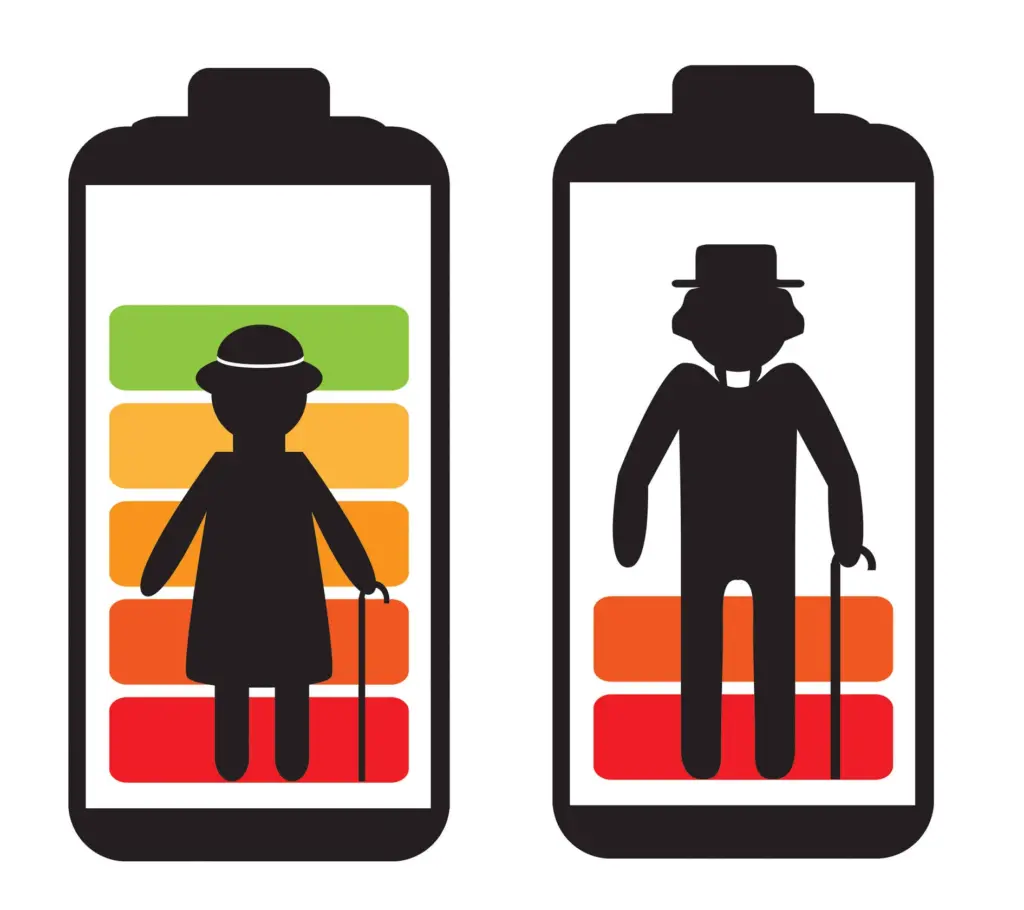18/11/2023
18/11/2023

NEW YORK, Nov 18, (Agencies): A recent study has brought to light the most substantial gender gap in life expectancy in the United States since 1996. Researchers, led by the University of California, discovered that women now outlive men by 5.8 years, just 0.2 years short of the previous record. The primary factor contributing to this gap was the Covid-19 pandemic, which disproportionately affected men. Other significant contributors included unintentional injuries, drug overdoses, accidents, and suicides, collectively termed 'deaths of despair' due to their association with economic hardships, depression, and stress.
The study, published in JAMA Internal Medicine, also attributed the widening gap to improved medical care for women, resulting in reductions in cancer and perinatal conditions. The researchers noted that deteriorating mortality rates from diabetes, heart disease, homicide, and suicide indicated possible contributions from chronic metabolic diseases and mental health issues.
The analysis, conducted from March to July 2023 using mortality data from the National Center for Health Statistics, aimed to identify changes in the life expectancy gap between men and women from 2010 to 2021, distinguishing between pre- and post-COVID-19 years. Brandon Yan, the first author of the study, emphasized the need for systematic analysis, stating, "There's been a lot of research into the decline in life expectancy in recent years, but no one has systematically analyzed why the gap between men and women has been widening since 2010."
The data revealed a significant increase in the life expectancy gap since 2010, rising from 4.8 years. A 1998 report from the Centers for Disease Control and Prevention highlighted a record 2,314,690 deaths in 1996, with heart disease, cancer, and cerebrovascular disease ranking highest. Suicide was ninth on the list, while unintentional injuries, poisoning, and accidents were not significant factors. The recent study indicated a shift towards causes linked to economic hardships, depression, and stress.
The researchers emphasized that while rates of death from drug overdose and homicide have increased for both genders, men now constitute a disproportionately larger share of these deaths. Data from the US Census Bureau further underscored the impact of Covid-19 on men, with a notable increase in male deaths compared to females in 2019, 2020, and 2021. This suggests that the Covid-19 pandemic had a more pronounced effect on male mortality.


